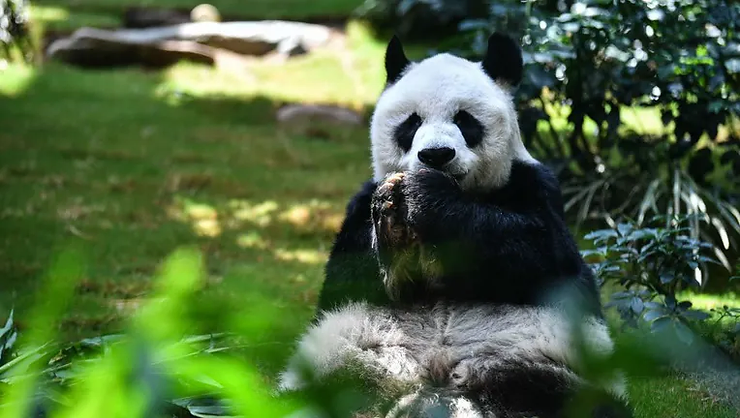By: Weston Ma
An An, the world’s largest male Giant Panda in captivity died on Thursday, July 21st, 2022. He was known for his liveliness and his playful nature. He was 35 years old (105 in human years).
For weeks, An An had been struggling to eat food and exercise. Park officials and veterinarians decided to put him to rest. In the last few days of his life, he had completely cut off solids and was becoming more and more inactive. His diet was far from the average panda’s, which consists of 30 pounds of bamboo daily.
Dr. Paolo Martelli was the one who injected the euthanasia. An An and his Companion, Jia Jia, were sent to Hong Kong in 1999. Jia Jia was listed as the oldest Giant Panda in Captivity in 2015, but she tragically died in 2016 at the age of 38 years. (114 human years)
The lifespan of pandas in Captivity usually doesn’t go higher than 30 years, and pandas in the wild usually make it 14 to 20 years. However, in 2020, Xin Xing, a giant panda who lived in Chongqing Zoo in China, died at the age of 38. (114 human years)
In 1990, Giant Pandas were listed as an endangered species, but in 2016, they became vulnerable, which means that they have a high risk of extinction, but not as high as endangered. In 2021, there were about 1800 pandas in the wild and 500 in captivity. Although the Chinese Government has been trying to restore the Giant Panda’s habitat, the protection of the government only covers about half of the area they live in. The Yangtze Basin region in China is no longer habitable for Giant Pandas because of “infrastructure development, forest loss, and climate change,” says Jin Yu Young from the New York Times.
Many people shared sympathy, including Paulo Pong, the chairman of the Ocean Park Corporation. He said, “An An had brought us fond memories with numerous heartwarming moments. His cleverness and playfulness will be dearly missed.”











